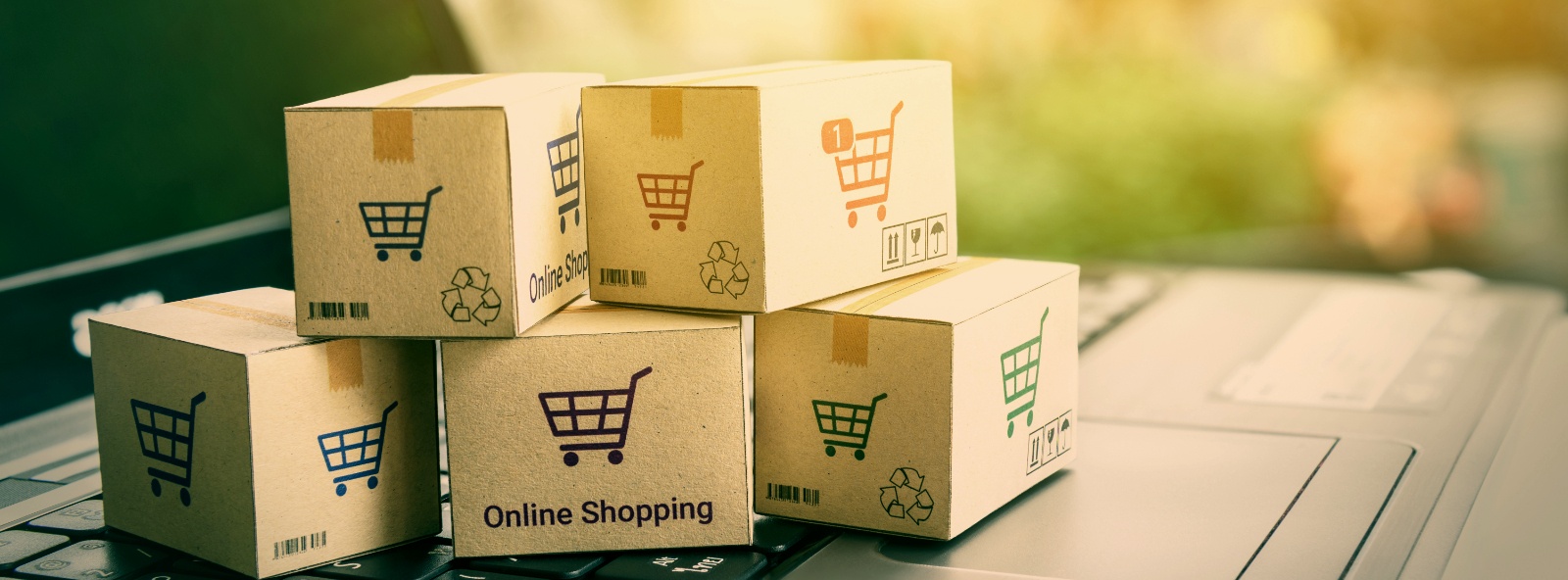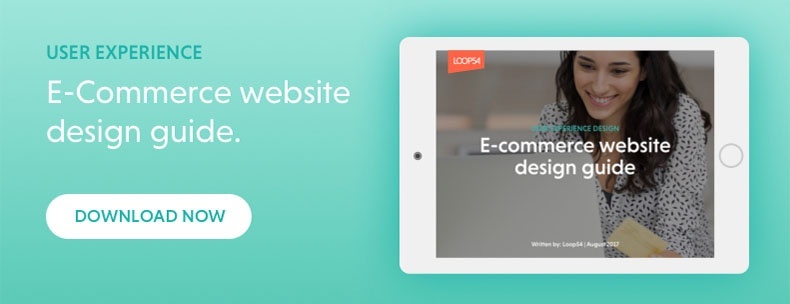Business-to-business (B2B) e-commerce is already a very big deal, but there is still plenty of room for growth. In spite of not getting the same media attention as business-to-consumer (B2C) retailing, its B2B counterpart is expected to be twice as large by the end of the decade.
One of the main reasons for this rapid growth is that B2B e-commerce keeps adopting B2C marketing practices - such as personalisation.
There is little doubt that the global B2B e-commerce market has a bright future. According to one study that accounts for the United States alone, business-to-business online sales will grow by an impressive 7.7% annually and reach $1.13 trillion in 2020. On a global level, total revenues from B2B retailing are expected to reach $6.7 trillion by the same year.
While much of the ongoing growth is from channel shifting from offline to online, a fair share of it is actually incremental. In other words, there is clearly lots of room left for additional businesses to enter the B2B market. And, just like in B2C e-commerce, one of their key competitive advantages going forward will be personalisation.
B2B vs. B2C Personalisation
Personalisation in e-commerce means tailoring the buying experience, and marketing, to an individual’s needs or preferences. It might seem counter-intuitive to use B2C retail practices when selling to other businesses, but treating companies like “faceless entities” is no longer a viable option.
Practically all of today’s business buyers have personal experiences from online shopping. As a result, most have similar expectations from B2B e-commerce. Even though the purchase process usually involves more than one person, personal relationships and personalised marketing are more important factors than ever.
However, some important differences between B2B and B2C e-commerce are important to keep in mind. To generalise just a bit, in B2B:
- The buyers are experts
- Sales cycle is longer, involving multiple steps
- The average order value (AOV) is considerably higher
- Buying decisions are based on rational business value, rather than emotions (although emotions do still play a big role)
- B2B target markets are typically smaller and much more focused
- Pricing is more complex and variable, as is shipping and logistics
- Trust-based relationships are typically more important than products and pricing
- Business customers are more often return customers
- After sales support and services are often more important than the actual purchase
Consequently, personalisation is perhaps even more important in B2B e-commerce than in the consumer variety as the average customer is considerably more valuable. Instead of selling and marketing to faceless entities, it’s vital to build long-term, personal, and customised experiences.
The B2B segment can learn a lot from current best practices in B2C e-commerce personalisation, but for the reasons mentioned above, the methods aren’t necessarily identical.
B2B E-Commerce Personalisation: Real-World Examples
In B2C e-commerce, it’s a universal truth that a highly relevant and user-friendly customer experience drives more sales. The B2B segment is not quite there yet but is rapidly catching up. There is money to be made by introducing personalisation technologies sooner rather than later. By 2018, a Gartner study predicts, B2B e-commerce sites with effective personalisation will outsell their not-so-personal competitors by 30%.
But what does personalisation look like in the real world? Some B2C methods are just as viable in B2B, such as:
- A platform-agnostic user experience: A coherent experience across devices and platforms is an absolute must in any e-commerce business.
- Product recommendations: Everyone is familiar with personalised product recommendations based on their shopping, browsing and search history. It usually works just as well in B2B e-commerce.
- Email marketing: Product recommendations are useful, but still a somewhat blunt instrument compared to targeted marketing emails. In a business-to-business context, emails can be segmented by the customer’s industry, purchase history and more, to deliver customised content. Since email marketing is an owned channel, it is exceptionally cost-effective if used properly.
- Robust search capabilities: All e-commerce websites with a reasonably large product catalog will benefit from strong search functionality, which goes beyond mere text matching. Services like Loop54 that can tailor the search experience down to the individual level are ideal for business buyers that typically purchase the same products over and over.
- Flexible checkout options: Companies may be picky about their preferred payment options, so having more alternatives is usually better. The average B2B user also expects the same features as in consumer channels, such as shopping cart saving and wish lists.
- Incentives and loyalty programs: Again, just as in B2C e-commerce, B2B customers expect to be rewarded for their loyalty.
Then there are a number of B2B-specific examples:
- Mandatory registration: Including a mandatory registration step in the purchase flow is discouraged in B2C e-commerce, as it tends to reduce conversion rates. In B2B, however, long-term business relationships are more important than short-term conversion rates so most B2B buyers would expect to identify themselves at some point. Moreover, business users are typically accustomed to logging in almost everywhere so requiring registration is not necessarily seen as a hurdle.
- Quick/Repeat orders: Capitalise on the fact that B2B customers are often return customers who know exactly what they want. Offer a quick/repeat order feature that lets your customers order the same – or another predefined but editable – set of items repeatedly.
- Multiple users/roles: As we’ve previously touched upon, business purchases are often done “by committee” and not by a single representative. If technically possible, you could greatly simplify the purchase process for your customers by allowing them to set up multiple user roles and permissions (within the same account).
- Dynamic pricing: All business customers expect bulk pricing, but much more can be done in terms of personalised pricing. You could offer different prices/discounts for different customers, or groups of customers – perhaps even on specific combinations of SKUs. Such functionality quickly becomes very complex, however.
- Custom quotes: An easier alternative to (automated) dynamic pricing, particularly for smaller companies, is to allow customers to “request a quote” on any order via contact form, phone or email. However, sales reps need to be prepared to reply to quote requests in near real-time. Dr. James Oldroyd published the Lead Response Management Study, which showed company sales reps don't have much time to response before a lead turns "cold". This research found “the odds of making a successful contact with a lead are 100 times greater when a contact attempt occurs within 5 minutes, compared to 30 minutes after the lead was submitted. Similarly, the odds of the lead entering the sales process, or becoming qualified, are 21 times greater when contacted within 5 minutes versus 30 minutes after the lead was submitted.” (Oldroyd, 2007)
Topics:



